Home>Ideas and Tips>The Alchemist’s Guide To Mixing Concrete
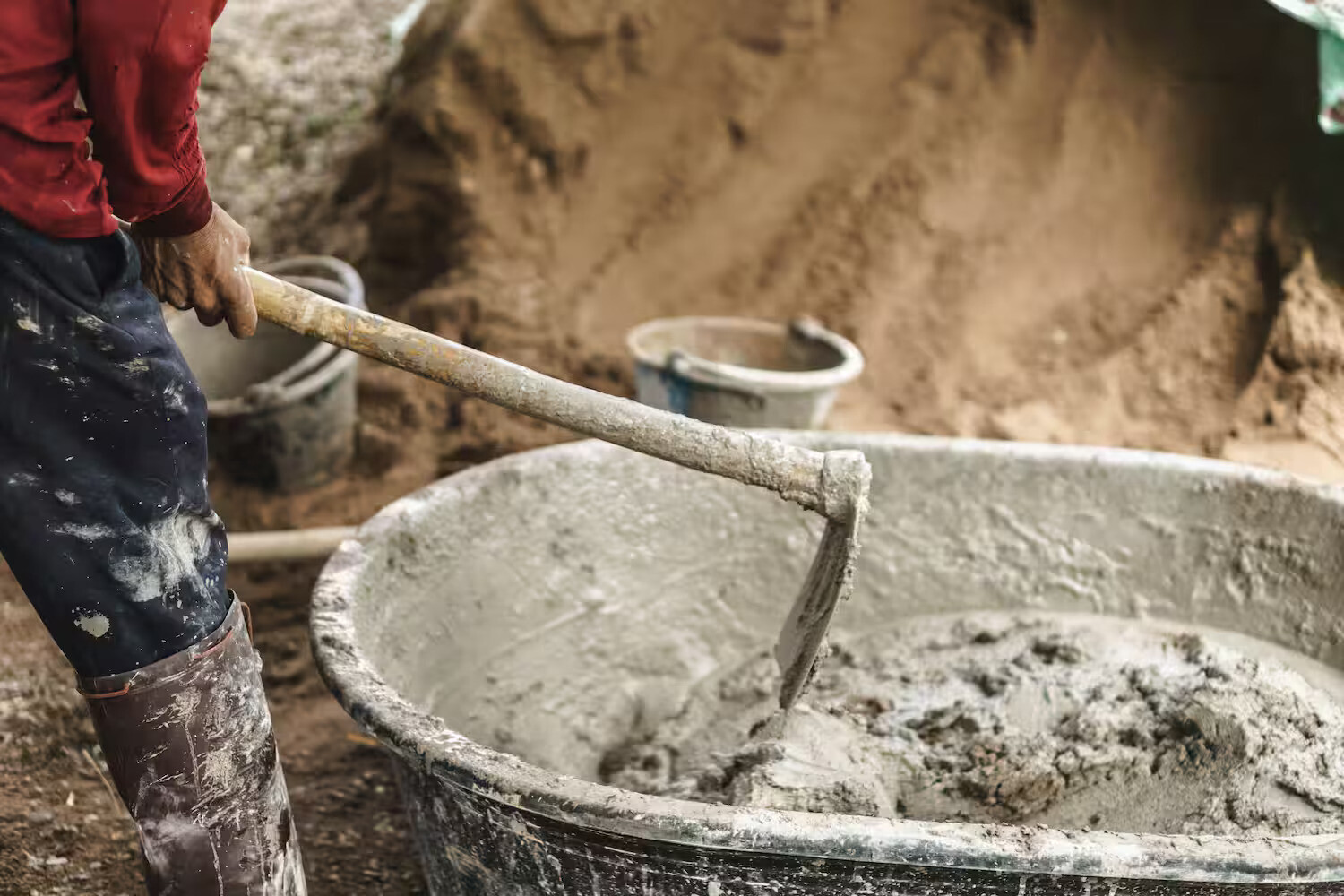

Ideas and Tips
The Alchemist’s Guide To Mixing Concrete
Published: October 19, 2024
Master the art of mixing concrete with our comprehensive guide. Learn the science, techniques, and tips for achieving the perfect mix for any project.
(Many of the links in this article redirect to a specific reviewed product. Your purchase of these products through affiliate links helps to generate commission for Storables.com, at no extra cost. Learn more)
Concrete, the backbone of modern construction, is a versatile and durable building material that has been used for centuries. From ancient Roman structures to modern skyscrapers, concrete has played a pivotal role in shaping our built environment. However, its versatility and durability come with a price: mastering the art of mixing concrete is no easy feat. In this comprehensive guide, we will delve into the science behind concrete mixing, explore various mixing techniques, and provide practical tips for achieving the perfect mix.
Understanding Concrete Composition
Concrete is a composite material made from three primary components: cement, water, and aggregate (sand and gravel). The proportions of these components can vary depending on the desired strength and workability of the concrete.
Cement
Cement is the binding agent that holds the aggregate particles together. It’s typically made from limestone, clay, and other minerals. The most common type of cement used in construction is Portland cement, named after the Isle of Portland in England where it was first produced.
Water
Water is the key ingredient in concrete mixing. It not only helps to bind the cement and aggregate particles but also affects the workability and strength of the final product. Too much water can result in weak concrete, while too little water can make it unworkable.
Aggregate
Aggregate refers to the sand and gravel that make up the bulk of the concrete mixture. Sand is finer and more compact than gravel, which is coarser and more porous. The type and size of aggregate used can significantly impact the final strength and texture of the concrete.
The Science Behind Concrete Mixing
The performance of concrete is determined by its microstructure, which is influenced by its composition, curing conditions, and mixing method. The mixing procedure includes the type of mixer, the order of introduction of materials into the mixer, and the energy of mixing (duration and power).
Mixing Methods
There are two main types of mixers used in concrete production: batch mixers and continuous mixers. Batch mixers are the most common type and are used for small to medium-sized projects. They involve mixing a batch of concrete in a stationary mixer before it is transported to the construction site.
Continuous mixers, on the other hand, are used for large-scale projects and involve continuous mixing of concrete as it is produced. This method is more efficient for high-volume production but requires specialized equipment.
Mixing Order
The order in which you introduce the materials into the mixer can significantly impact the final product. Here is a general guideline for mixing concrete:
- Add Water First: Adding water first helps to prevent dry pockets in the mix and reduces dust.
- Add Cement: Introduce the cement evenly across the water.
- Add Aggregates: Gradually add the aggregates while continuing to mix.
- Final Water Adjustment: Adjust the water content as needed for the desired consistency.
Mixing Energy
The energy of mixing is crucial for achieving a homogeneous mix. The duration and power of mixing can affect the final product's strength and workability. Overmixing can lead to a decrease in strength due to excessive hydration of the cement.
Practical Tips for Mixing Concrete
While understanding the science behind concrete mixing is essential, practical experience is just as important. Here are some practical tips for mixing concrete:
Using High-Quality Materials
Using high-quality materials is crucial for achieving a strong and durable concrete mix. Opt for quality cement, aggregates, and water.
Proper Mixing
Ensure thorough and consistent mixing of all components. This can be achieved by using a sturdy rake or shovel designed specifically for mixing concrete.
Optimizing Water-Cement Ratio
Maintain an appropriate balance between water and cement for optimal workability and strength. Too much water can weaken the concrete, while too little water can make it unworkable.
Additives and Admixtures
Incorporate additives like plasticizers or superplasticizers to improve the properties of your concrete mix. These additives can enhance workability, reduce shrinkage, and improve durability.
Curing Techniques
Implement effective curing methods to promote hydration and strength development. Proper curing involves maintaining a consistent temperature and humidity level around the concrete during its early stages of setting.
Ancient Roman Concrete: A Lesson in Durability
The ancient Romans were renowned for their engineering prowess, particularly in constructing durable structures that have withstood the test of time. One of their secrets lay in their unique method of mixing concrete.
Hot Mixing Technique
Roman engineers used a process called "hot mixing," where dry granules of calcium oxide (quicklime) were mixed with volcanic ash to create a cement-like substance. This mixture was then combined with water to form a durable concrete that contained small calcium-rich rocks.
These little rocks, ubiquitous in Roman concrete structures, are believed to be the key to their durability. The hot mixing technique ensured that the cement was not completely smooth and mixed but contained these small rocks that provided additional strength and resistance to weathering.
Modern Concrete Mixing Techniques
While ancient Roman techniques are fascinating, modern concrete mixing has evolved significantly. Here are some modern techniques and tools used in concrete mixing:
Using Concrete Mixers
Concrete mixers come in various types, including batch mixers and continuous mixers. Batch mixers are more common for small to medium-sized projects and involve mixing a batch of concrete in a stationary mixer before it is transported to the construction site.
Continuous mixers, on the other hand, are used for large-scale projects and involve continuous mixing of concrete as it is produced. This method is more efficient for high-volume production but requires specialized equipment.
Mixing by the Bag
For small projects or DIY enthusiasts, mixing concrete by the bag is a practical approach. Here’s how you can do it:
- Put in the Water First: Add water to a depth of about 1 inch in your wheelbarrow or mixing container.
- Use a Depth Gauge: Use a piece of dry wood as a depth gauge to ensure accurate measurement.
- Add Concrete: Place the unopened bag in the water and tip it up so that the concrete slides out rather than pours out, minimizing dust.
- Mix Thoroughly: Use a rake or shovel designed specifically for mixing concrete to ensure thorough mixing.
- Adjust Water Content: Add water in small amounts until you achieve the desired consistency—similar to dry cottage cheese.
- Final Test: Perform a slump test by scraping the rake along the bottom and sides of your mix container; if it holds its shape but still feels firm enough, you’re done.
Read more: How To Make Potting Soil Mix
Mastering Concrete Mix Design
Mastering concrete mix design involves understanding various ratios and techniques that contribute to achieving optimal results in construction projects:
The 20-30-40 Rule
The 20-30-40 rule refers to standard mix proportions where cement makes up 20%, sand makes up 30%, and coarse aggregates make up 40%. These ratios provide a balanced combination that contributes to overall strength and workability.
Customizing Your Mix
To enhance your concrete mix, consider customizing it based on specific project requirements:
- Use High-Quality Materials: Opt for quality cement, aggregates, and water.
- Optimize Water-Cement Ratio: Maintain an appropriate balance between water and cement for optimal workability and strength.
- Additives & Admixtures: Incorporate additives like plasticizers or superplasticizers for improved properties.
- Curing Techniques: Implement effective curing methods to promote hydration and strength development.
Conclusion
Mixing concrete is an art that requires both scientific understanding and practical experience. By mastering the intricacies of concrete composition, mixing methods, and practical techniques outlined in this guide, you can achieve durable and reliable construction projects that stand the test of time.
Whether you're working on small DIY projects or large-scale commercial constructions, understanding how to mix concrete effectively will be your key to success. Remember always to use high-quality materials, optimize your water-cement ratio, incorporate additives as needed, and implement proper curing techniques for achieving optimal results in your next construction endeavor.
In conclusion, mastering the art of concrete mixing is essential for project success. By applying these principles and techniques outlined in this comprehensive guide titled "The Alchemist's Guide to Mixing Concrete," you'll be well-equipped with the knowledge necessary to create concrete masterpieces that endure through generations.
Was this page helpful?
At Storables.com, we guarantee accurate and reliable information. Our content, validated by Expert Board Contributors, is crafted following stringent Editorial Policies. We're committed to providing you with well-researched, expert-backed insights for all your informational needs.

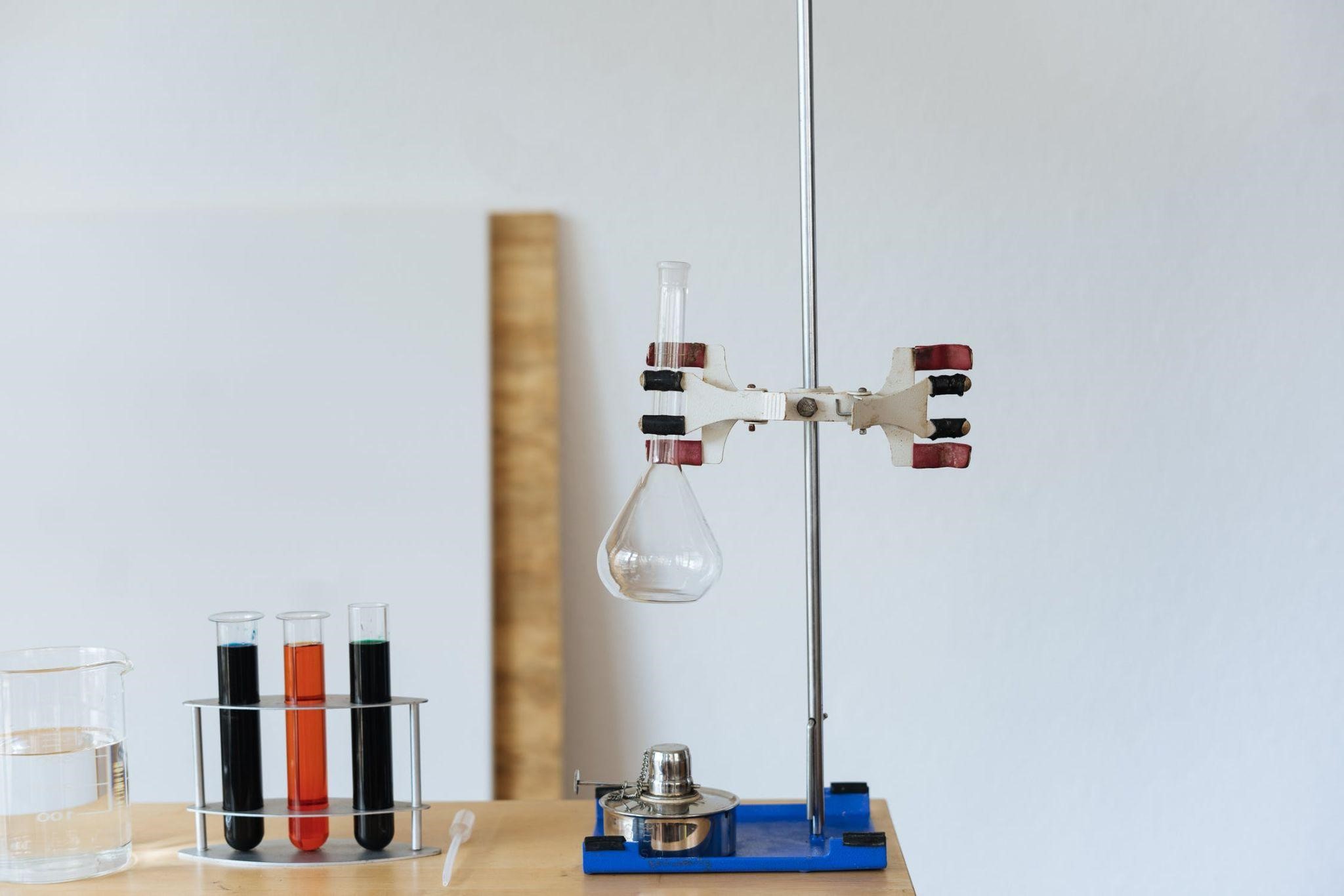

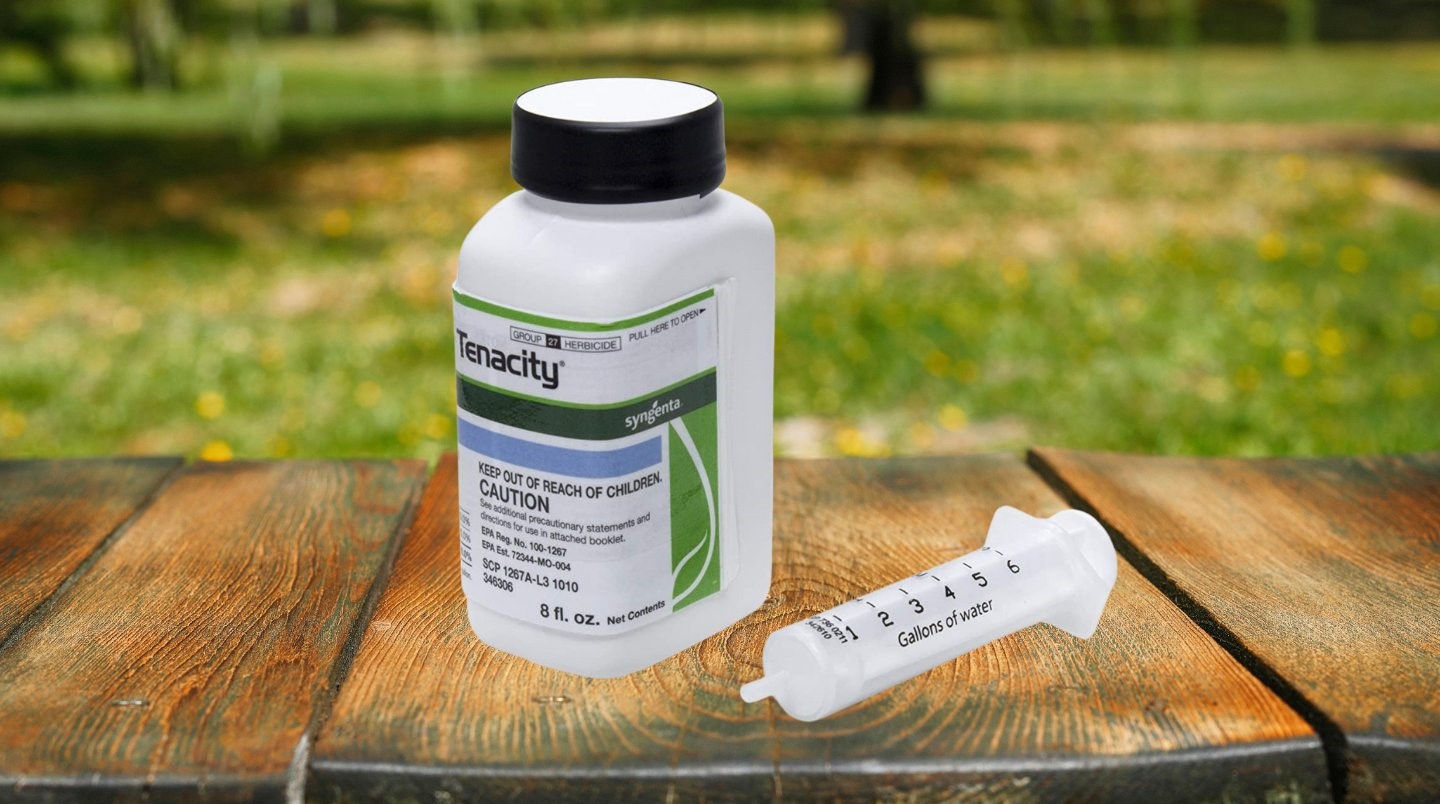
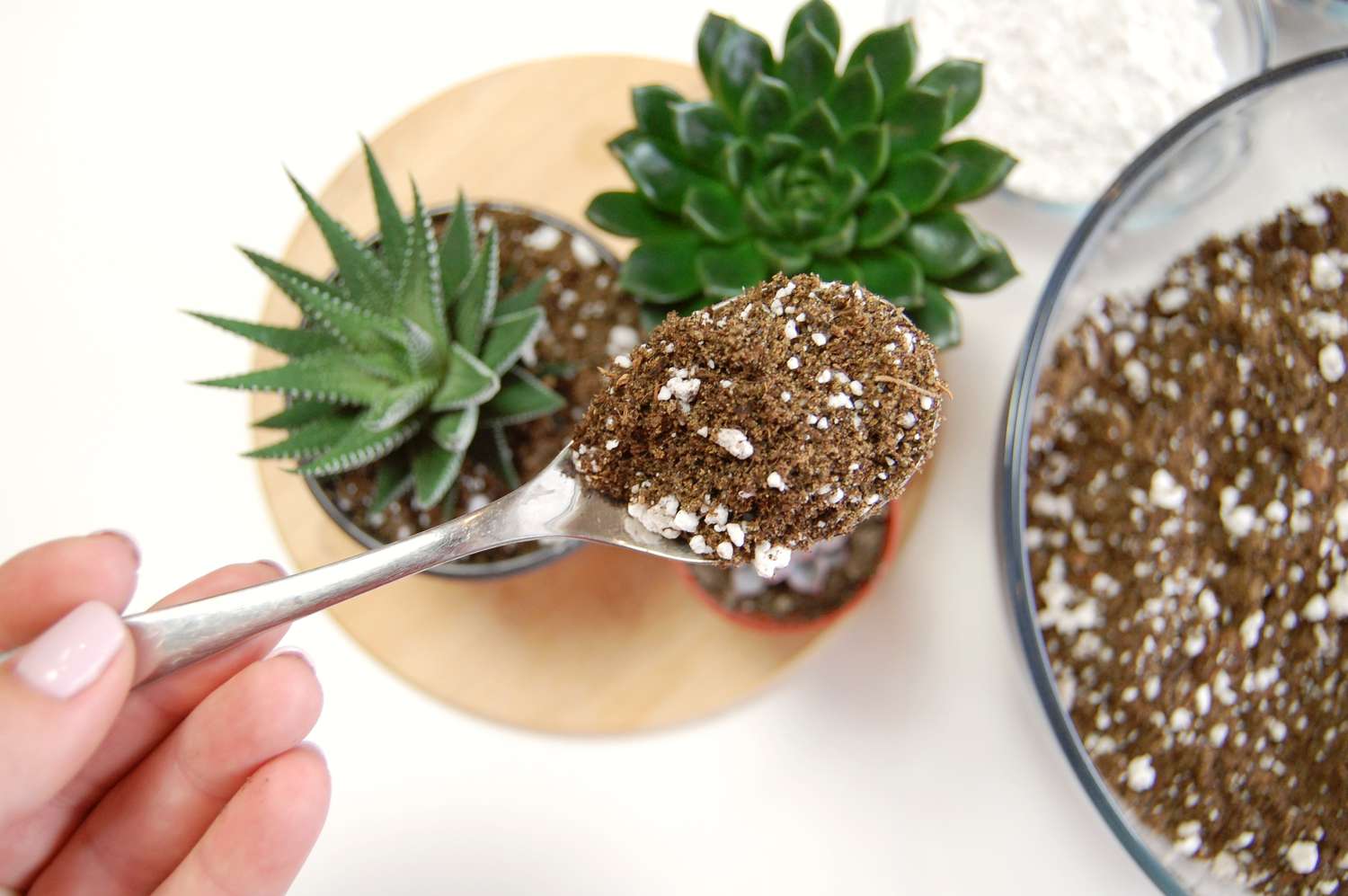
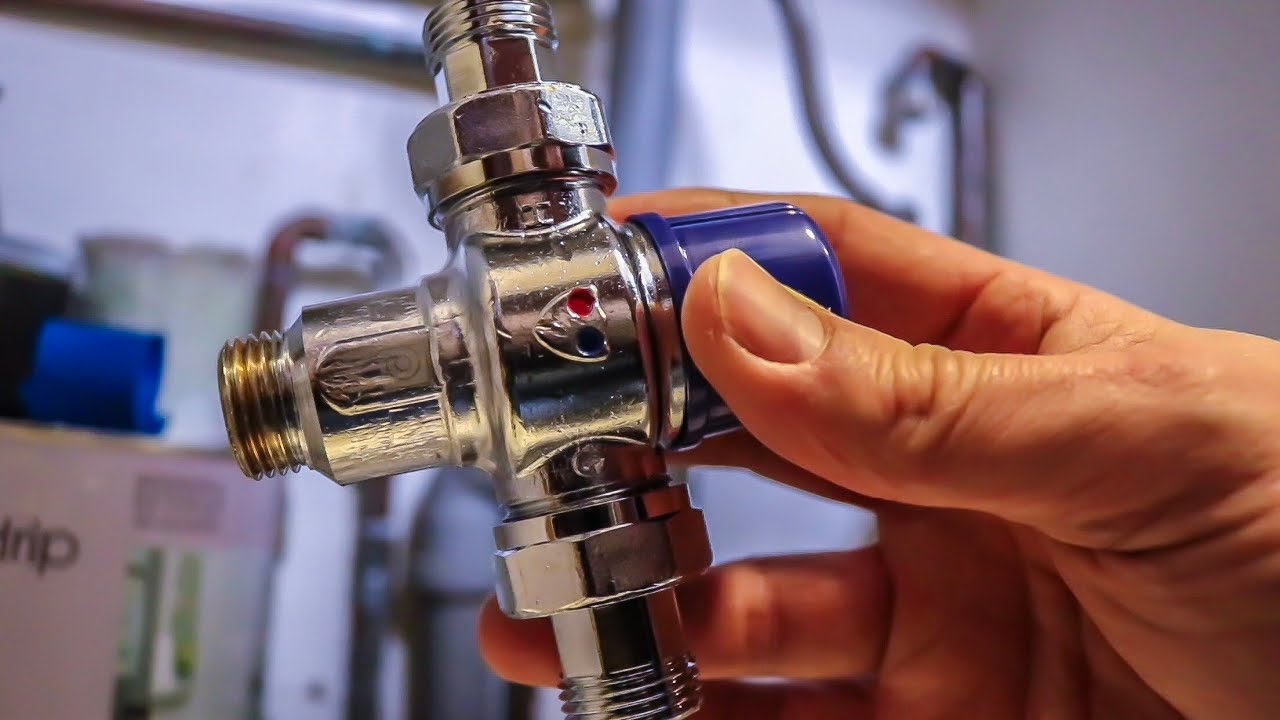

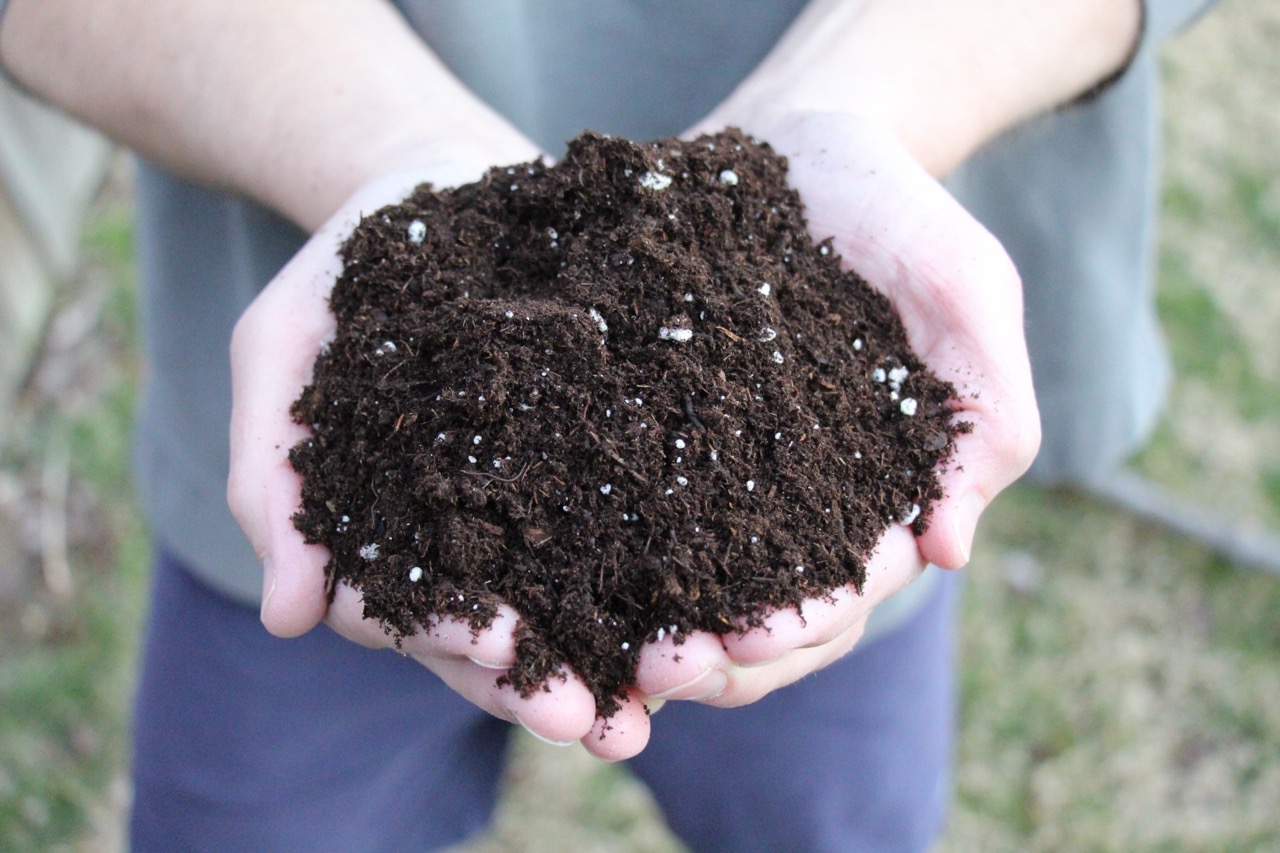
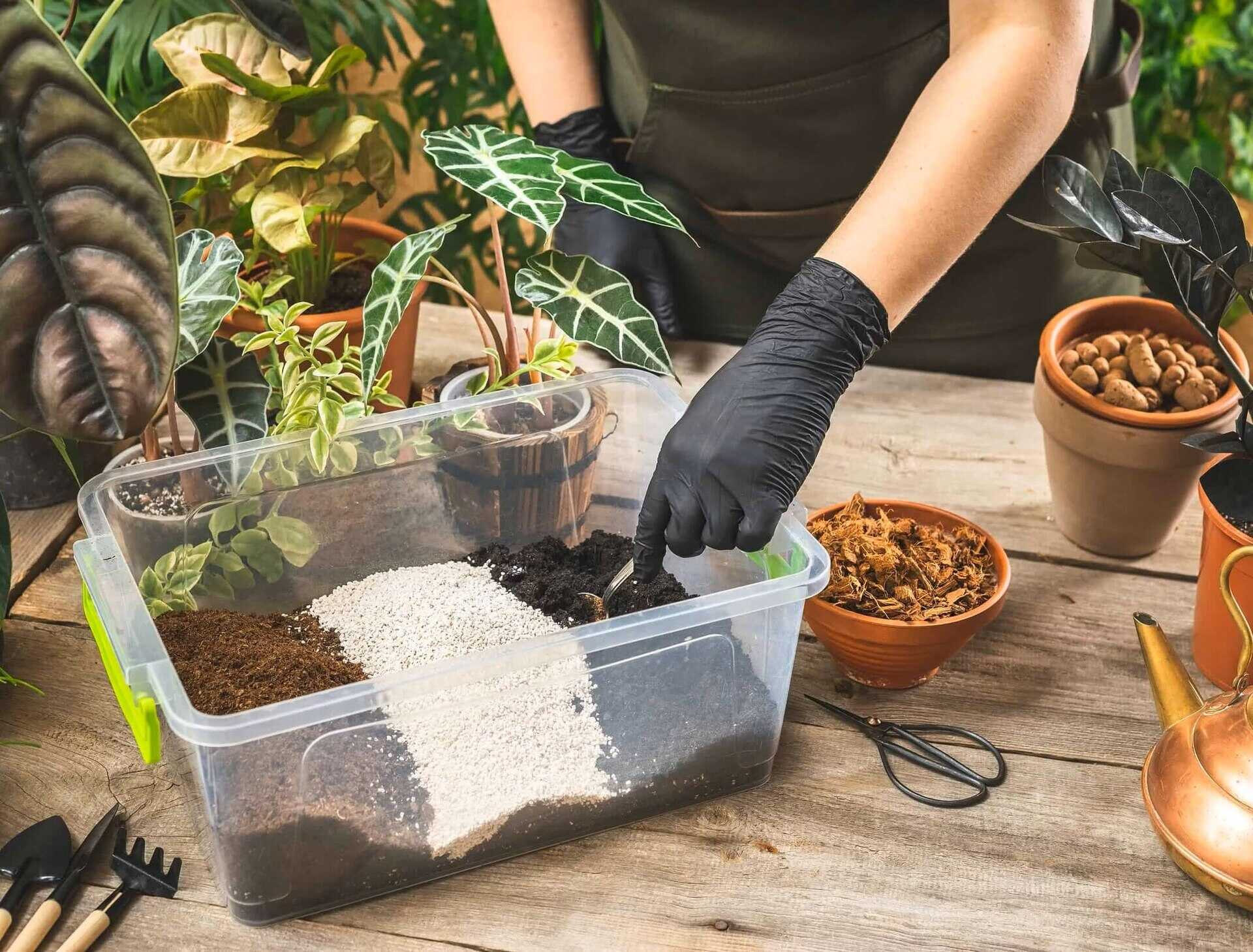

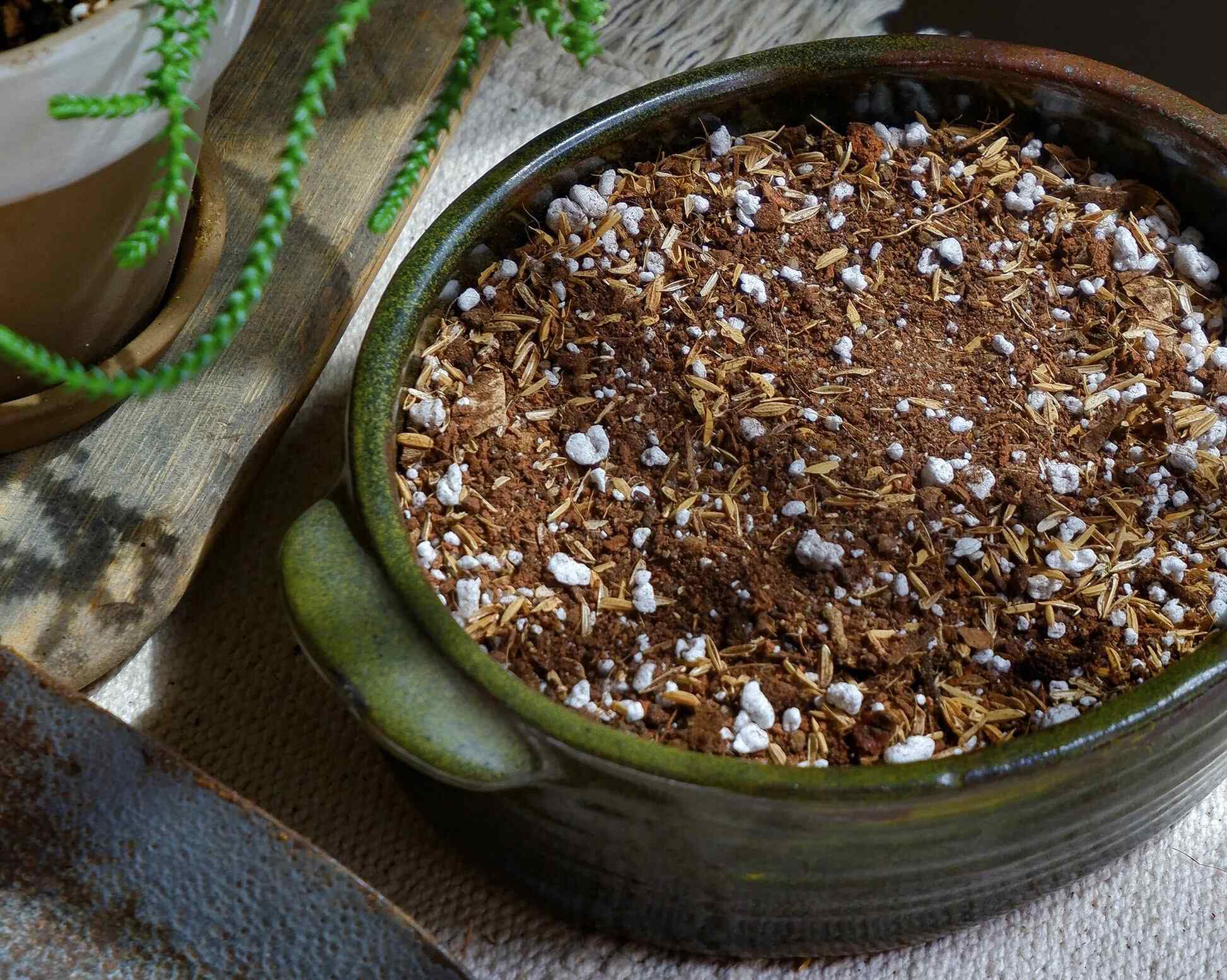

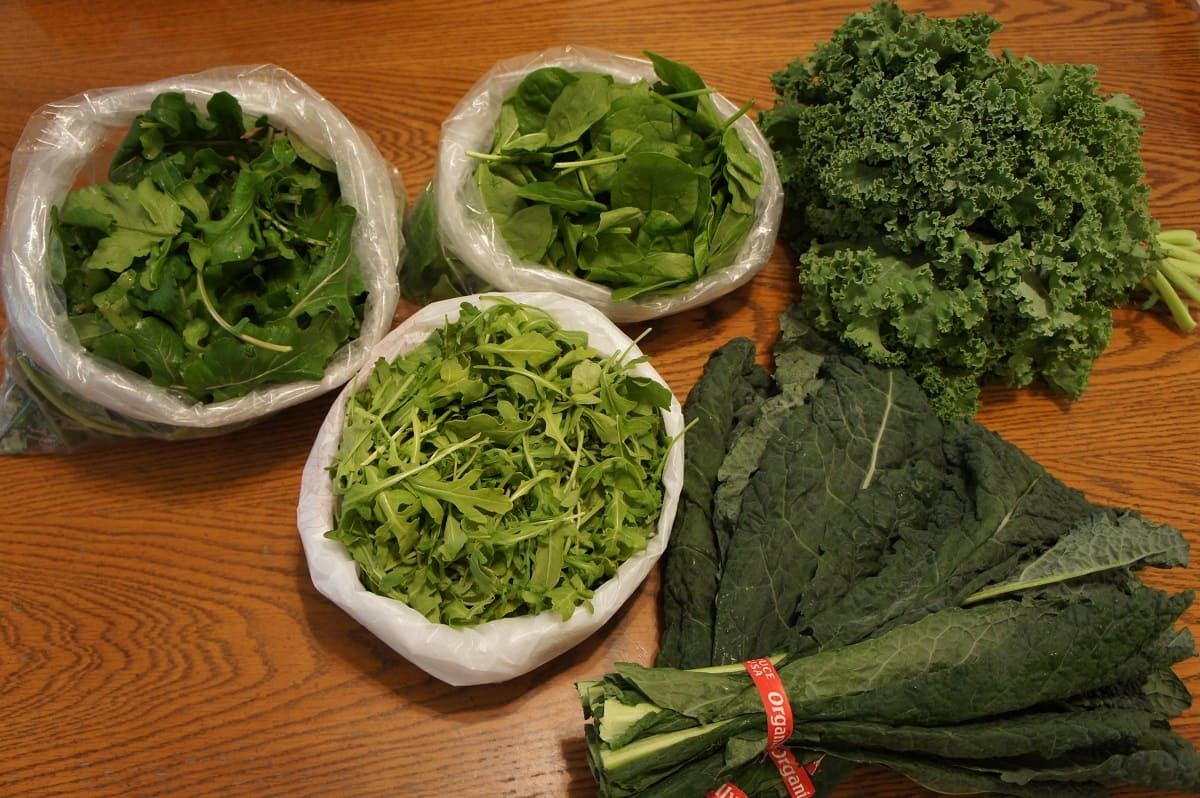


0 thoughts on “The Alchemist’s Guide To Mixing Concrete”